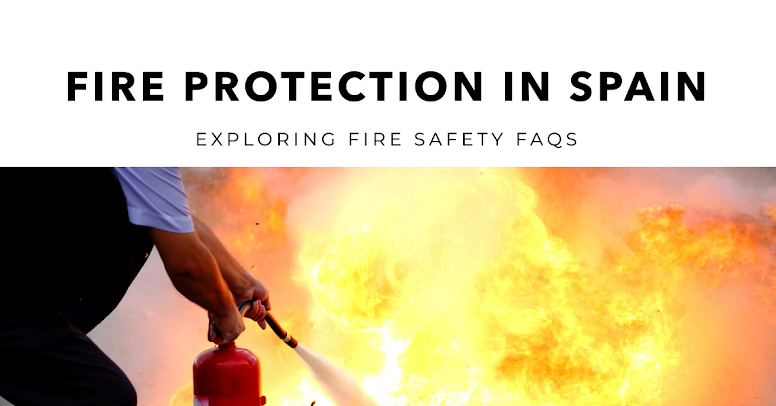Fire Alarm Sirens in Spain: Everything You Need to Know for Your Business

When it comes to fire safety in Spain, one of the most crucial elements of any fire protection system is the fire alarm siren. These devices alert building occupants to the presence of a fire, ensuring everyone has enough time to evacuate safely. But how do you know how many sirens you need or what type to choose? In this article, we'll dive into the specifics of fire alarm sirens in Spain, helping you understand their importance and the regulations that govern their installation. The Role of Fire Alarm Sirens in Fire Protection Systems Fire alarm sirens serve a simple yet vital function: they provide an audible warning of a fire emergency. The sound of a siren alerts everyone within a building to evacuate, helping to minimize injuries and save lives. However, in Spain, regulations ensure that these sirens are properly placed and configured to meet the specific needs of each building. Why Are Fire Alarm Sirens So Important? Sirens are designed to be loud and attention-grabbing, en...
